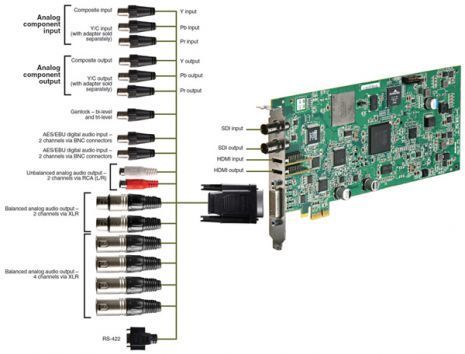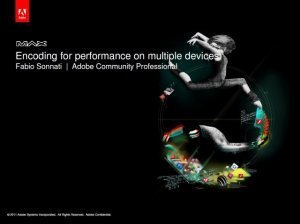The digital video industry seems to be gradually succumbing to the allure of the 50% bandwidth savings promised by HEVC, aka h.265. What if those savings can be achieved with the existing AVC, h.264, technology? Cinova thinks its post-processing product, Crunch, can do just that.
The benefits the video industry can realize from a reduction of 50% in the amount of bandwidth necessary to deliver video are enormous. From saving money in bandwidth charges to delivering higher quality video on mobile networks, there are few places in the chain of delivery that don’t benefit in some way.
However, the cost and time required to move to a new codec, like HEVC, are similarly enormous. Devices such as televisions, set-top boxes and smartphones need to be replaced, video encoders upgraded, not to mention all the video that needs to be re-encoded in the new format. The change from MPEG2 encoding to AVC based MPEG4 took the better part of a decade. Likely, HEVC adoption will take a similar length of time.
Sunil Sanghavi, COO of Cinova, believes there is a lot more efficiency to be wrung out of AVC, and that it will get us to 50% savings right now.



 Your new post is loading...
Your new post is loading...















HEVC far from mainstream.